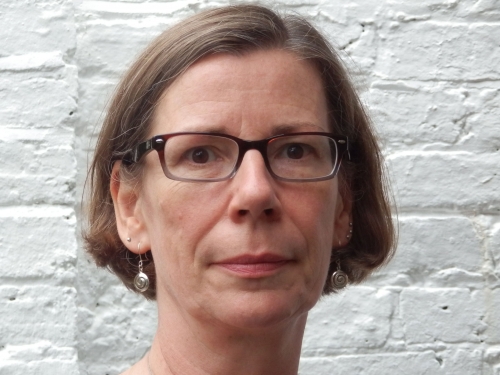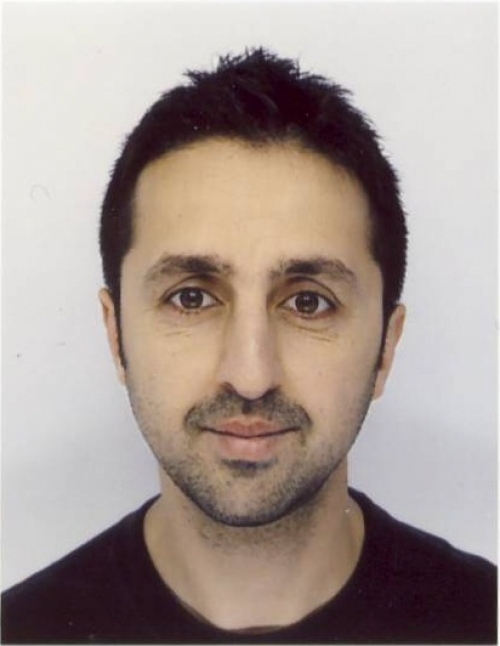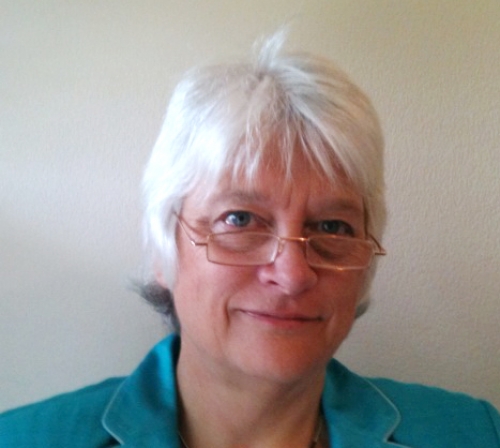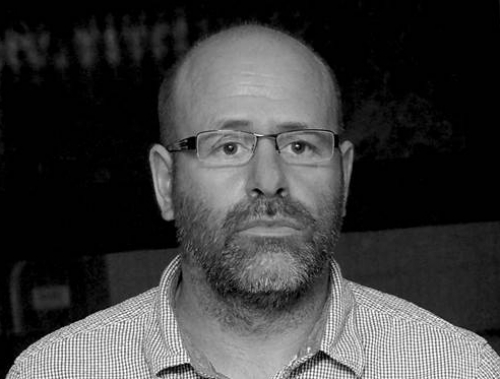Research Team
Dr. Shirley Chubb
Dr. Shirley Chubb’s practice has involved critical interventions within museum collections and archives. Her work has been shown internationally and throughout the UK and is held in the Arts Council and other public and private collections. Her approach to site specific locations often involves significant collaboration and negotiation with curators and conservators in order to push at the boundaries of representation within exhibition environments. Catalogues documenting her work have attracted critical contributions from a range of associated fields including social history, arts discourse, ethnography and the history of architecture. Shirley has contributed papers and presentations to a range of conferences within the visual arts research environment as well as to the fields of Photography and Archive Research, Museum Studies, Narrative Research and the Philosophy and History of Science.
She was awarded a practice based PhD by publication at the School of Arts & Communication, University of Brighton in 2007 with her thesis titled Intervention, location and cultural positioning: Working as a contemporary artist curator in British museums. Shirley lives and works in Brighton and is Reader in Interdisciplinary Art and MA Fine Art Programme Coordinator at the University of Chichester
Shirley’s exhibition Thinking Path considered Charles Darwin as a cipher for synchronic knowledge and was commissioned by Shrewsbury Museum and Art Gallery touring to four venues throughout the UK.[1] The exhibition focused on the resonance of site as a carrier of meaning, taking it's inspiration from Darwin's daily ritual of walking the same path at Down House, his family home for 40 years. The tour of Thinking Path within museums linked to Darwin enabled further layers of synchronic interpretation in response to artifacts, artwork and site. Thinking Path was funded by the University of Chichester, the Arts Council England National Touring Programme and the Arts & Humanities Research Board, Small Grants in the Creative and Performing Arts scheme.
The visual source material generated for the Thinking Path prompted an interest in the mechanics of motion and Shirley’s current work explores how video can be used to manifest the significance of movement through particular environments and landscapes.
Her most recent work Pen Rest is one of a series of commissions by contemporary artists contributing to the major Shrewsbury Music Hall redevelopment project funded Arts Council England Grants for the Arts. Supported by the University of Chichester Her commission consists of micro interventions in the display of naturel history specimens and photographic archive material within the refurbished museum and fixed camera structural films recording specific locations related to Darwin’s closely documented childhood in the region.
[1] Keynes, R., Coulter-Smith G. & Forgan. S. (2004) Thinking Path. Shrewsbury Museums Service (Enc).

Dr Kambiz Saber-Sheikh
Dr Kambiz Saber-Sheikh is a biomechanical engineer and coordinator of the biomechanical research and teaching facility in the School of Health Professions, University of Brighton. He has a particular interest and expertise in the use of emerging inertial sensor technology in monitoring posture and movement and has recently supervised a PhD in this area entitled: “Measurement of lumbar spinal posture and motion using inertial sensors”. He was also lead author on a recent publication in a leading international journal entitled.[1] He coordinates the Human Movement Laboratory, which is a state of the art biomechanical teaching and research facility in the Clinical Research Centre for Health Professions (CRCHP).[2]
Dr Saber-Sheikh graduated from the University of Sussex in 1993 and was awarded his PhD in Biomedical Materials in 1998 at the Interdisciplinary Research Centre (IRC) in Biomedical Materials, QMUL, the UK centre of excellence in biomaterials. He has since worked in a range of industries, and has experience of working in research, design, consultancy and teaching roles. In 1998 he was employed as a research fellow at the University of Southampton working on finite element modeling of total knee replacement prosthetics. From 1999 to 2001 he was responsible for engineering analysis and design optimisation of an astronomical instrument for the state of the art Gemini South telescope now commissioned at Cerro Pachon, Chile. From 2001 to 2003 he worked in an engineering consultancy, where he gained status as a chartered engineer (CEng). From 2003 to 2005 he qualified and worked as a teacher and has since worked at the CRCHP where he is actively involved in a number of research projects.
[1] Saber-Sheikh K, Bryant E.C., Glazzard C., Hamel A., Lee R.Y.W. (2008) The feasibility of using inertial sensors to assess human movement. Knowledge Transfer through partnership: Delivering Innovation in Healthcare: 9-14. Brighton. UK. Published: Manual Therapy (2010) Vol.15 Issue 1, pgs 122-125 (Enc).

Professor Ann Moore
Ann Moore is Professor of Physiotherapy and Head of the Centre for Health Research, School of Health Sciences, University of Brighton. Specialising in musculoskeletal therapy, her research contribution to the evidence-base has focused on low back pain.
Professor Moore qualified as a physiotherapist in 1973, thereafter obtaining qualifications in education and specialising in musculoskeletal therapy. She completed a PhD on the efficacy of active exercise regimes in the treatment of low back pain in 1990. She was awarded a personal Chair in Physiotherapy at the University of Brighton in 1998; has an Honorary Research Fellowship with the University of Kent at Canterbury; was awarded a Fellowship of the Chartered Society of Physiotherapy in 1999 and a Fellowship of the Manipulation Association of Chartered Physiotherapists in 2003.
Most recently Professor Moore was awarded an international service award for research by the World Confederation of Physical Therapy for her contribution to research worldwide. She has expertise in a wide range of methodologies including laboratory-based work, randomised controlled trials and also has expertise in more qualitatively focused methods.[1]
Professor Moore has published seven books; has written seven book chapters; six research reports and has published 56 full-length peer-reviewed articles in academic journals. Fifty per cent of these publications have been on the subject of low back pain. She has also published 55 editorials and has made over 160 presentations at national and international conferences; the majority of these are keynote addresses.
Her main areas of research activity and interest are around the management of spondylogenic low back pain, outcome measurement of treatment for low back pain, the efficacy of treatment in the management of low back pain and, more recently, patients’ experiences of low back pain and treatment for low back pain.
Over the last three years Professor Moore has been Chair of the International Scientific Committee for World Congress of Physical Therapy 2011 and instigated an Art and Health exhibition as part of the activities within that international congress. The art exhibition was extremely well received by the 5,000 delegates and it has been agreed that this type of exhibition will be continued in the next world congress which will be held in Singapore in 2015.[2]

Neil Bryant
Neil Bryant is currently employed as a Digital Media Specialist at the University of Chichester where his duties involve providing support, including technical mentoring for research projects, to students, staff and researchers in the use of video post-production facilities. A large part of his role is the face to face provision of lecture demonstrations and workshops in video post-production, video compositing, animation and a range of digital media processes. He works with staff and students in Media, Fine Art and Performing Arts, including student researchers at Masters and PhD level. Neil has also been employed for several years as an Associate Lecturer for the University, contributing to and delivering modules in Fine Art and Performance and Technology for the Dance Department at undergraduate, postgraduate and postgraduate research level (MA/PhD). In addition to his research as a practicing media artist, he has an ongoing involvement, both technically and artistically, in the support of a number of research projects, including major Research Council projects.
